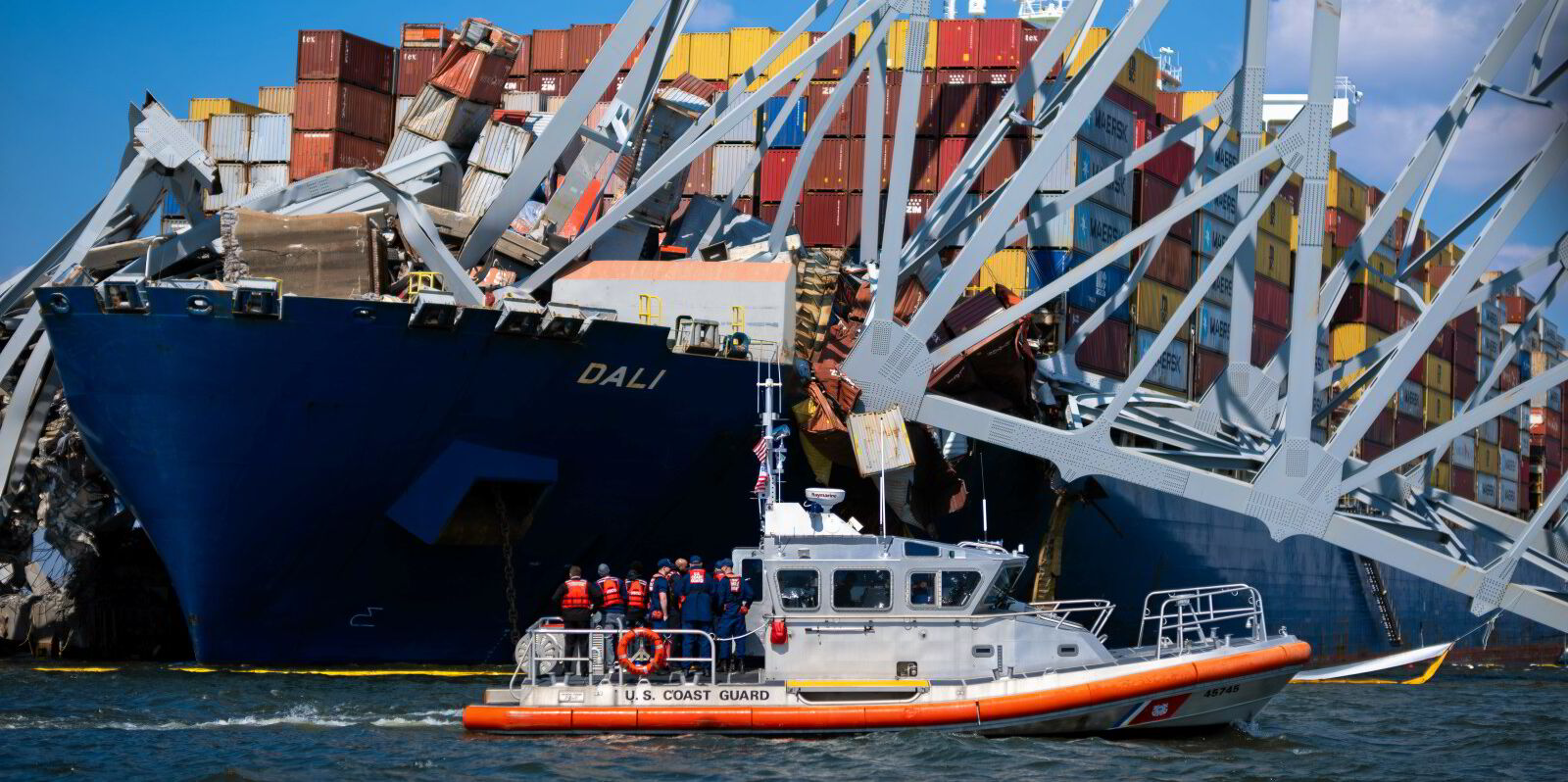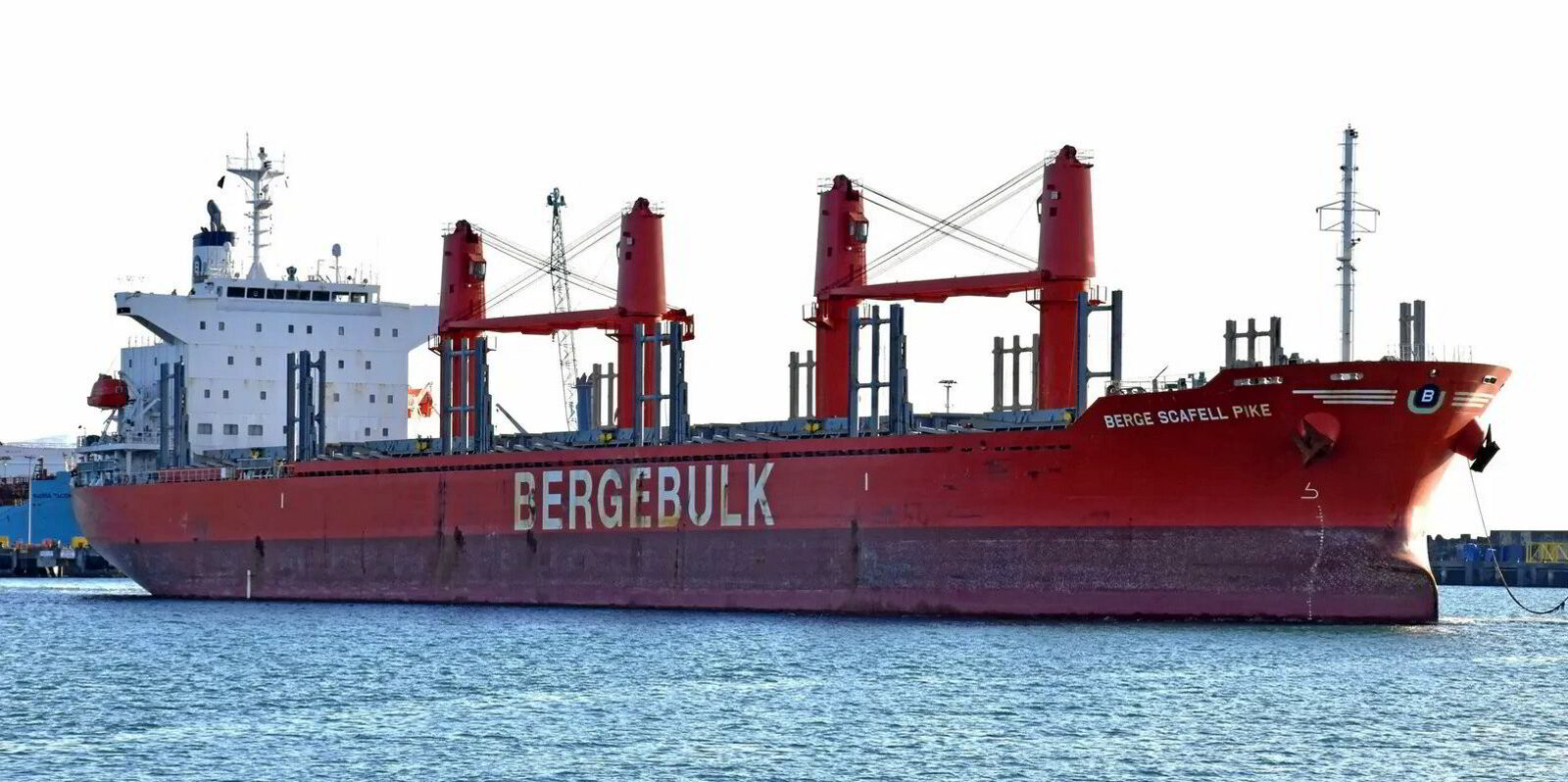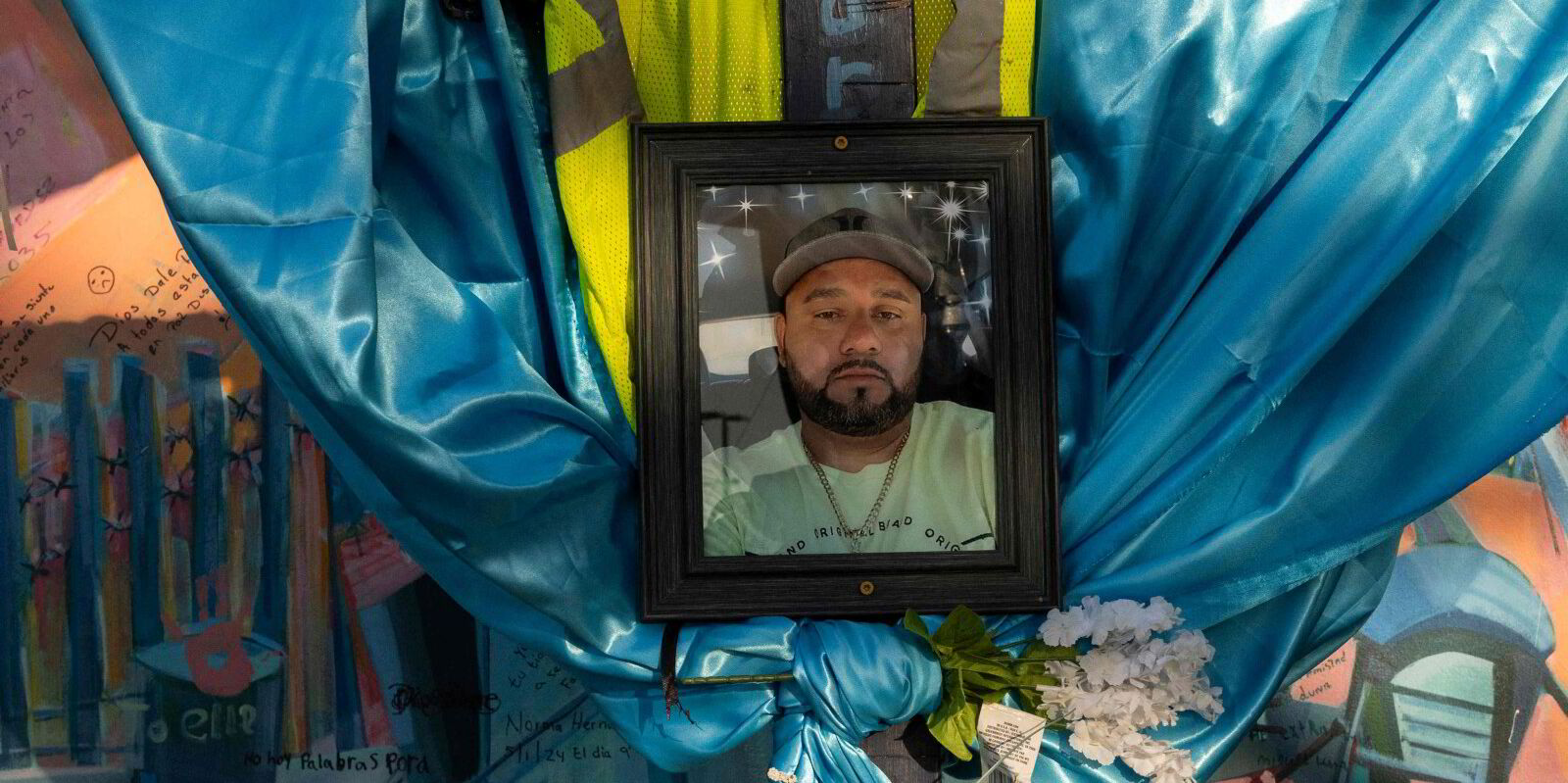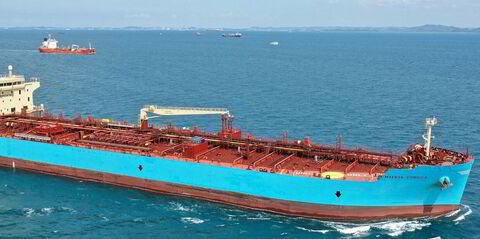When the US government filed a claim in the legal battle over the deadly container ship casualty that destroyed a bridge in Baltimore, a small portion of its $103m claim was based on the law passed in response to the 1989 Exxon Valdez oil spill.
And whether that law comes into play could have an impact on how much of the economic damage from the incident can be brought into the litigation, for which claims were due on Tuesday.
What does one of America’s most notorious oil spills have to do with the 9,962-teu container ship Dali (built 2015)?
After all, the dispute does not centre on an oil spill but rather a ship hitting a bridge, which crumbled into the Patapsco River in March, killing six construction workers. Until now, oil discharge has not been a major point of discussion in the incident.
But US Justice Department lawyers said the Oil Pollution Act of 1990 — which maritime legal experts often refer to as OPA 90 — comes into play whenever there is a “substantial threat” of oil pollution.
The lawyers said the US Coast Guard deployed resources to respond to that threat of pollution, as well as to contain a sheen that was observed.
The bunker fuel on the Dali was not the only risk; there was also a natural gas pipeline submerged in the river and power lines that contained dielectric fluids.
The Coast Guard’s alleged Oil Pollution Act liabilities add up to just $97,300, according to the legal filing.
But the introduction of the 1990 law may have a ripple effect in the litigation, which started when Dali owner Grace Ocean and manager Synergy Marine filed a petition with a US federal court in Baltimore to limit their liability at $44m.
Robert O’Connor, a lawyer with Montgomery McCracken Walker & Rhoads who is experienced in complex marine casualty cases, highlighted the claim under OPA 90 because it has a different approach to liability from a 1927 Supreme Court decision known as Robins Dry Dock.
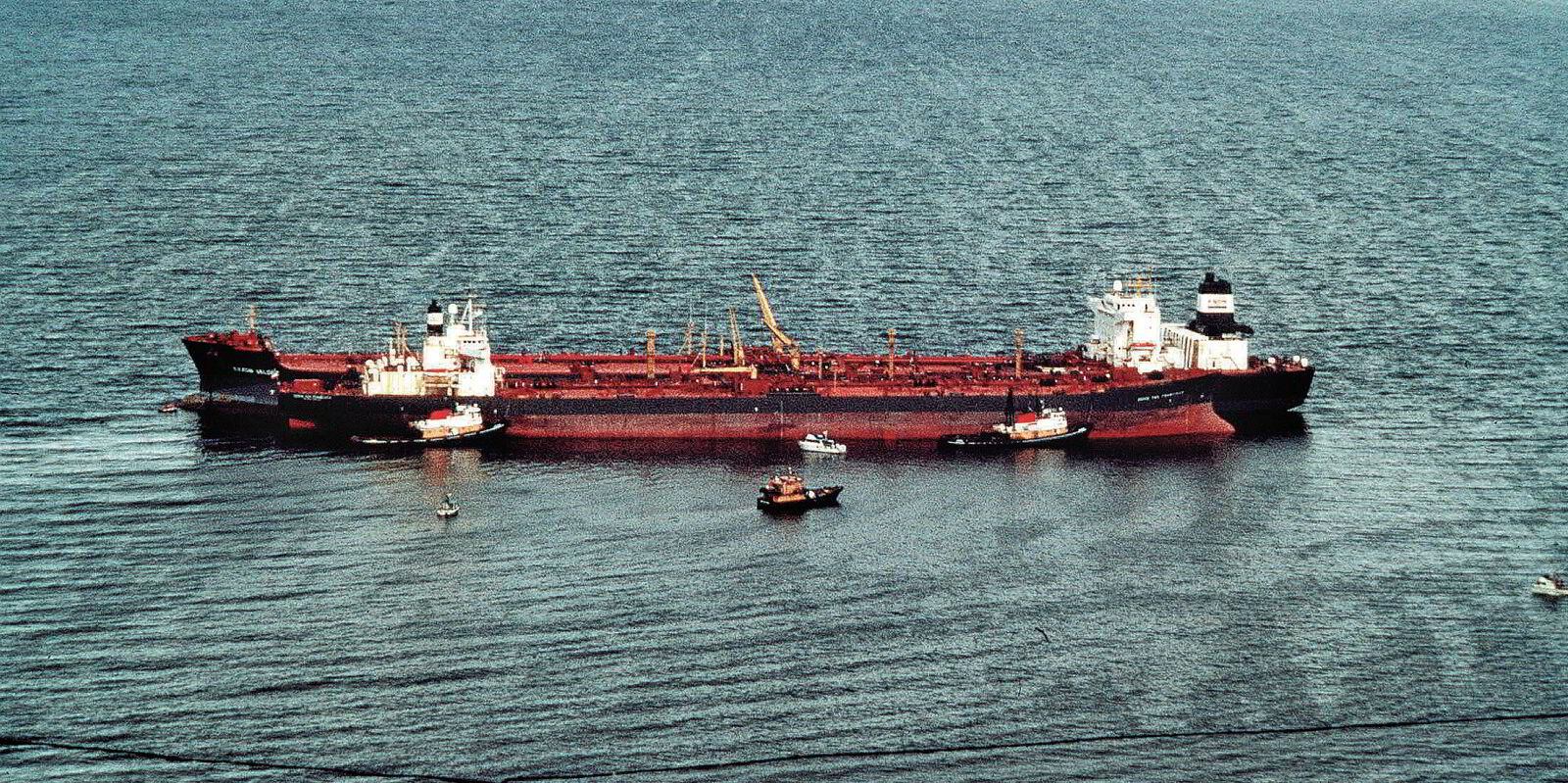
“The inclusion of a count under the Oil Pollution Act of 1990 is significant because — unlike the Robins Dry Dock doctrine — OPA 90 allows recovery of economic damages,” he said on LinkedIn.
But where OPA 90 applies, the law alters that rule.
“OPA permits a third party to recover economic losses occurring as the result of an oil spill without having suffered physical damage to property in which it holds a proprietary interest,” Blank Rome attorney Keith Letourneau wrote in legal affairs newspaper Texas Lawyer in February.
“This change alters the Robins Dry Dock economic-loss rule, which otherwise cuts off such tort liability.”
Darrell Wilson, a spokesman for Singapore-based Synergy and Grace Ocean, said the US government’s claim was expected in the Dali case.
“The owner and manager will have no further comment on the merits of any claim at this time, but we do look forward to our day in court to set the record straight,” he said after it was filed.
The Oil Pollution Act is not the only way in which claimants are seeking to get around the Robins rule barring economic damages.
Todd Lochner, a Maryland lawyer who filed the very first claim in the Dali case, has filed a class action claim on behalf of businesses that suffered economic damages as a result of the Francis Scott Key Bridge collapse.
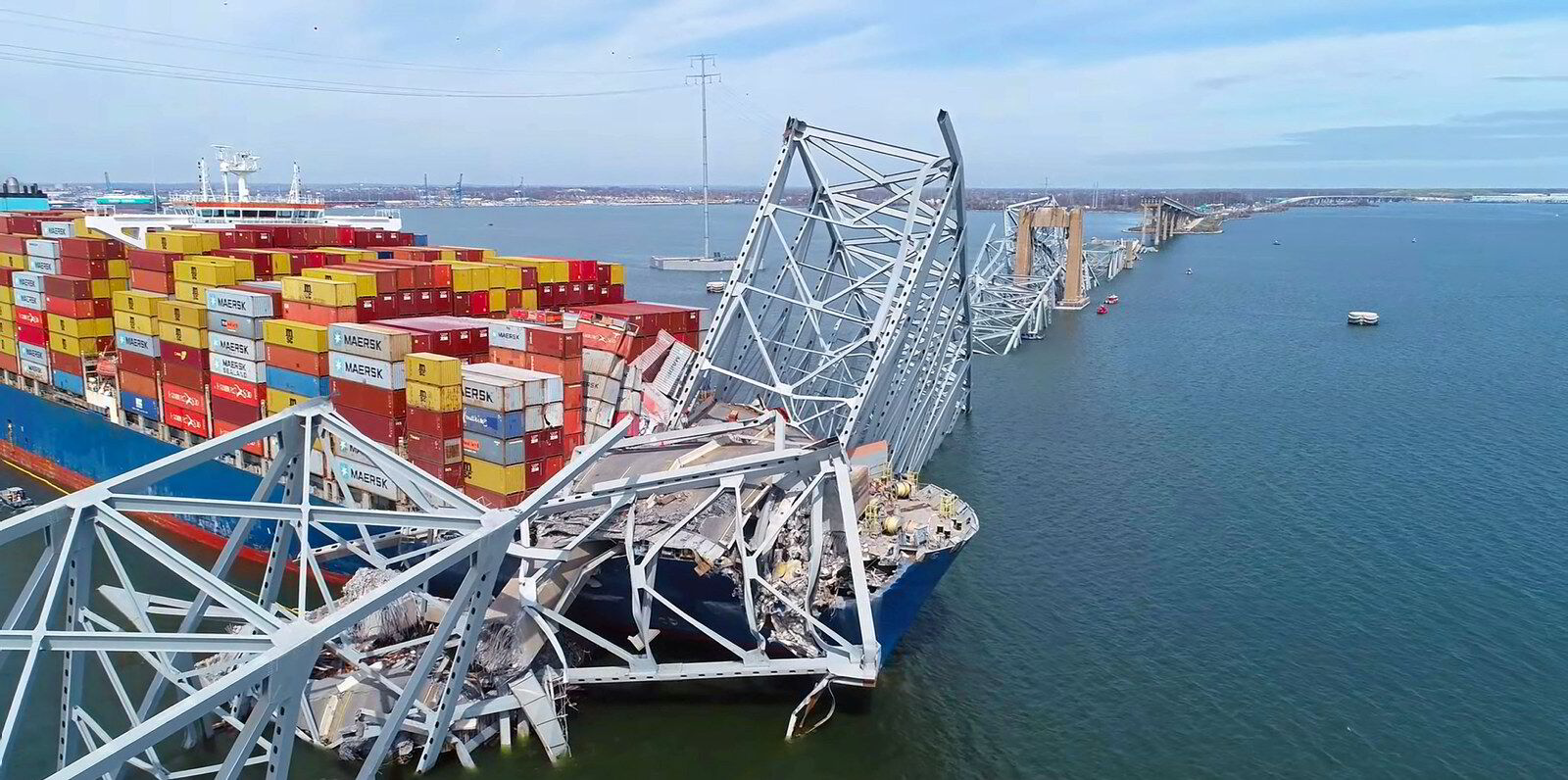
Those new claims were poised to look to the Comprehensive Environmental Response, Compensation & Liability Act.
“The holding of Robins Dry Dock does not apply to intentional or reckless acts, nor does it apply to public nuisance claims or intentional interference with business relationships,” Lochner wrote in the claim against Grace Ocean and Synergy.
“In this case, the petitioners instructed their crew to intentionally disregard the grossly unsafe condition of their ship and recklessly leave port knowing that the Bridge was the largest obstacle bracketing the narrow channel.”
The Dali case promises to put to the test the extent to which shipowners and managers can expect Robins Dry Dock to shield them from economic losses that result from casualties.
